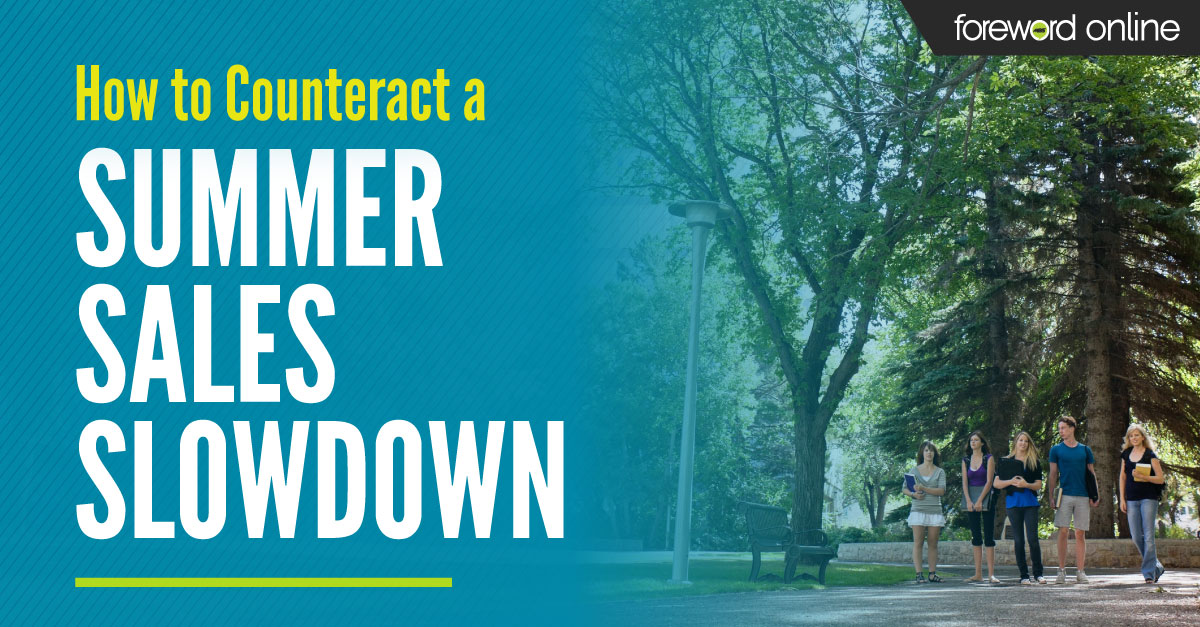Social media is a wild beast that we are still learning how to tame. We’ve gained quite a lot of ground in the past few years with understanding how it can be used to reach audiences effectively, but still an important question arises, “How often should I post to social media?” Most professionals will tell you to post consistent, quality content as often as you can. That makes sense, but what does that mean, and how can a campus store prepare and organize a social media schedule? Use this blogpost to create a schedule that will set you on the right path for your digital marketing.

Consistent social media for campus stores
Consistency means publishing content regularly. Not only does this help the algorithm recognize your content as relevant in the digital space, it also provides your audience with fresh new information. Consistency doesn’t have to mean every day. It could be every other day, every three days or even once a week. Whatever you decide for your schedule, stick to it. This gives your audience a designated time to expect the next piece of information to come their way. It also makes it easier for you to plan content in advance. We recommend you determine the best posting frequency for your store based on your available content and resources.
General posting guidelines
Facebook — One to two times a day within three days per week. According to a study by Hubspot, second and subsequent posts on Facebook in a day usually see a 50 percent drop of engagement from users for accounts with less than 10,000 followers.
Twitter — Five to 10 Times per day. Twitter posts have a very short shelf life. You could even go as far as 30 times per day, but keeping quality content in mind, you may not wish to post that often. Spread posts out throughout the day to reach more of your audience.
Instagram — One to two times per day, and no more than three.
LinkedIn — No more than once each business day and at least twice a week. No more than 20 times per month. According to LinkedIn, that will allow you to reach 60 percent of your audience.
Quality social media content
Quality is difficult to specifically define. Take some time to look at your peer’s social media. This will inspire you and spark great ideas that you can use to establish your own foothold in the social landscape. It will also show you how different members of your audience connect with different types of posts.
Most social media sites have a way to view comments and likes on each post. By sorting through posts of others in the industry, you can gauge what posts customers liked by looking at the interactions and reading the comments on each post.
Once you’ve discovered what does and doesn’t work, start creating posts along those guidelines. Assess each post over time and use the analytics that the social media sites provide to gauge which of your own posts are doing well and replicate the posts that get the highest engagement.
Planning ahead with social media
To help stay consistent, create a schedule and stick to it. This means writing down the content for each post in a given campaign and scheduling out each post. This is easily done with a spreadsheet.
Make your posts during peak usage hours on each social media site. For nearly all social media sites, the hours before, during and after lunch from around 10 a.m.-2 p.m. are the most active. Exact times vary from day-to-day and will depend on your audience. According to SproutSocial, these are the best times to post to each website for educational institutions.
Facebook — Wednesday at 9 a.m. and Saturday at 5 p.m.
Twitter — Saturday at 5 p.m.
Instagram — Friday at 10 a.m.
LinkedIn — Wednesday at 9-10 a.m. and 12 p.m.
Social media is ever changing, so it’s important to stay on the lookout for guides that ensure your social media strategy stays fresh and relevant. Click here to learn how social media sites can capitalize on digital marketing.





